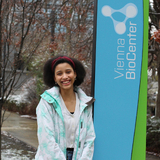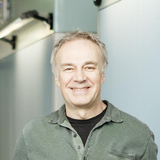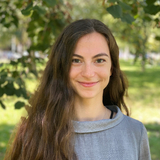The Approach
Not Too Little, Not Too Much, Just Right: We investigate immune homeostasis and balanced immune responses in 3 areas:
1) mRNA decay in maintenance of immune homeostasis. mRNA decay is fundamental for immune homeostasis and control of inflammation. We employ genome-wide approaches, systems biology and animal models to reveal mechanisms defining the timely and selective removal of inflammation-associated mRNAs.
2) Mediator kinases in transcriptional responses to cytokines. We investigate how Mediator kinases - enigmatic positive and negative general transcription regulators – tune responses to cytokines. Approach: biochemistry, proteomics and genome-wide assays (GRO-Seq, PRO-Seq, ChIP-Seq etc.).
3) Cytokine signaling in resistance and resilience to infections. Using animal models of infection combined with metabolomics, transcriptomics and cell biology we investigate the key question of how cytokines regulate both elimination of pathogens (resistance) and tissue protection (resilience).












